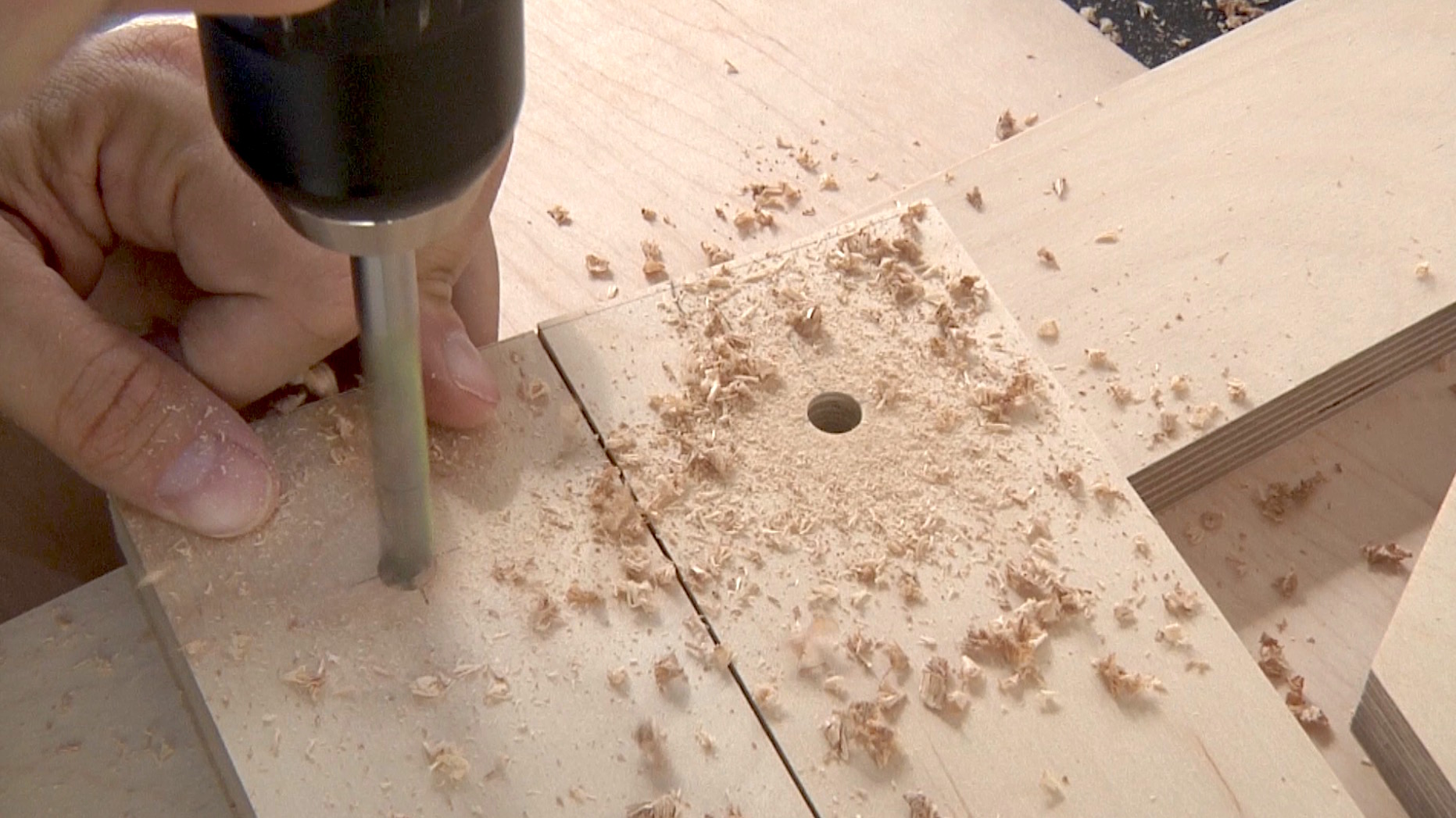269 – Pet Steps
Video - September 16, 2016
Welcome to the Honda Ridgeline Saturday Project series produced in partnership with Honda. Each project is designed to be approachable using basic tools and materials. And to show you how versatile the all-new 2017 Honda Ridgeline can be, we’ll build each project right in the bed of the truck!
Sometimes our pets need a little help getting to high places like the family bed or the inside of a vehicle. This easy-to-build set of Pet Steps can also serve as a ramp and even stores flat when not in use. Made with simple materials and basic tools, anyone can knock this project out in a weekend. The inspiration for this design came from various sources on the web and was brought to life by my buddy Scott Seganti.
Download the Plans
Materials
- 3/4″ Plywood (1/2 sheet)
- 3/8″ Dowel Rod
- (2) 1 1/2″L x 3/8″ diameter carriage bolts with washers (4) and lock nuts (2)
1. Cut the Parts
Break down the plywood according to the cut diagram in the PDF plans. Notice that if you break the sheet in half first, the cuts become more manageable and you can reserve the other half of the plywood for a future project.
2. The Stringers & Legs
The stringers are the most critical part of the project. They have a 50 degree angle cut at the bottom and a 40 degree angle cut at the top. The legs also have a 40 degree angle cut at the bottom. Read the plan carefully and lay out all of the holes on the inside faces of the stringers. Remember, the stringers will be mirror images of one another from here on out.
3. Treads & Risers
Drill the 3/8″ holes into the ends of the treads and risers. Glue the tread cleats to the underside of the front edge of the treads. Give the treads and risers a nice roundover on all edges. Cut some 3/8″ dowel stock into 1 1/4″ (just a hair longer, actually) pieces. Glue these into the treads and risers.
4. Assemble
With one stringer lying down flat, drop in the treads and risers into their respective holes. Attaching the second stretcher is a little trickier as you’ll have to manage to get numerous dowels and holes to line up properly. Once there, clamp the assembly together and lay it down flat. The two short stretchers are then screwed into the back of the stringers to hold everything together. The third stretcher is a little longer and serves as a stop for the legs. So you’ll want to use the legs as reference when attaching the third stretcher. The legs also receive a stretcher.
Apply your finish of choice to the project and then add some adhesive-backed grip tape to the treads for additional safety.












